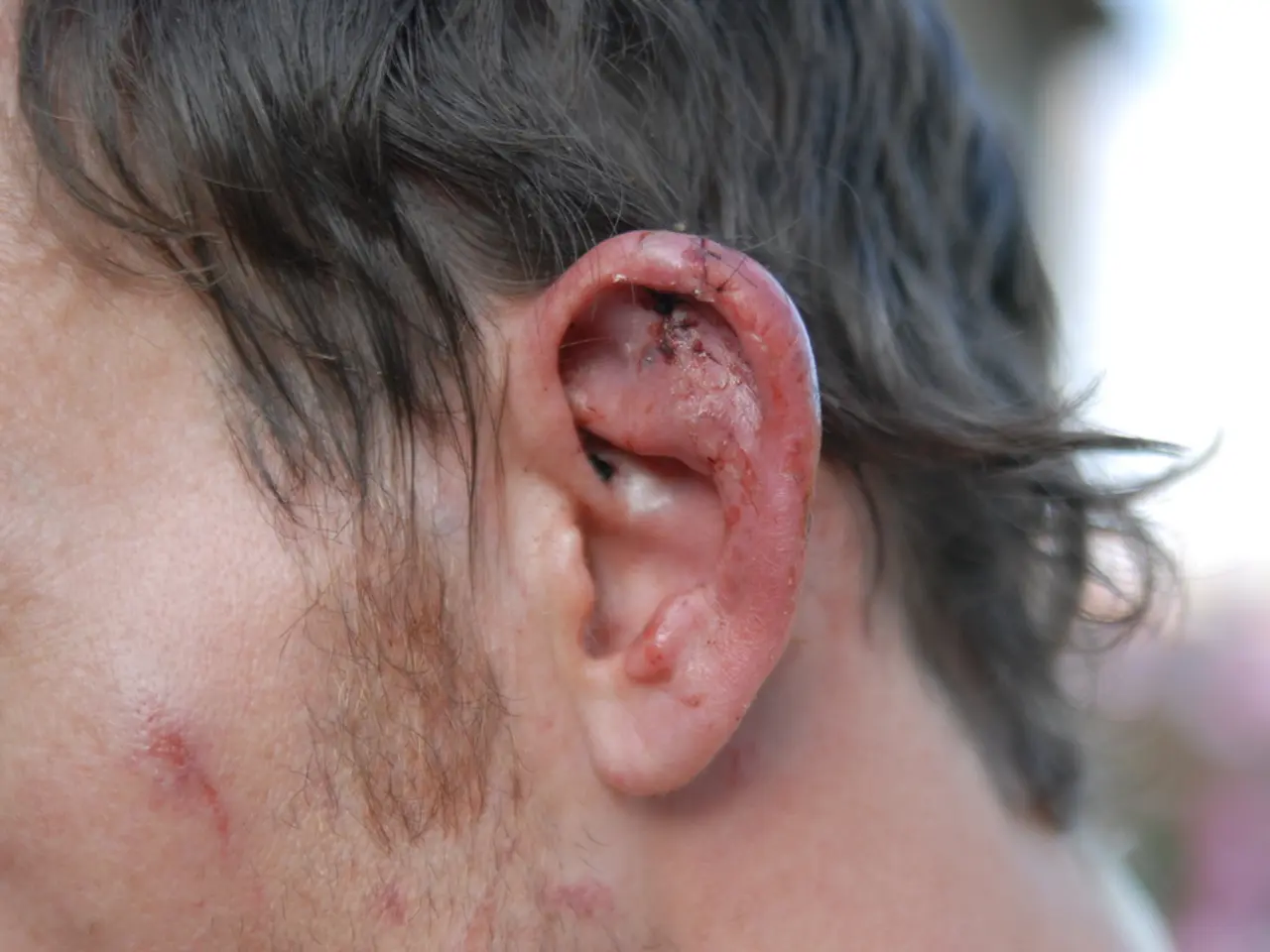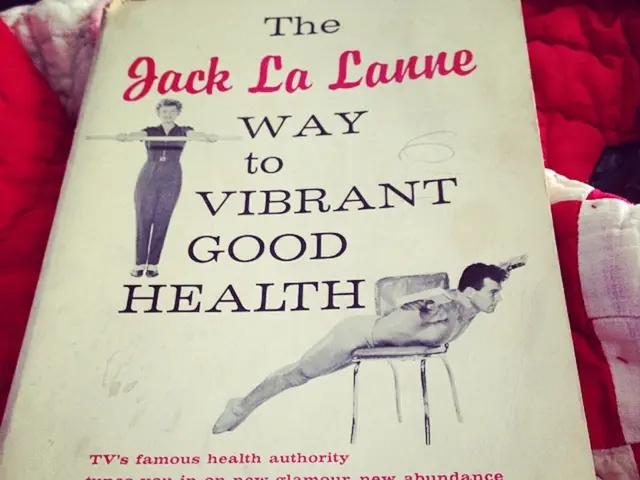Ponytail-Induced Headaches: Understanding Causes, Identifying Symptoms, and Exploring Remedies
Ponytail headaches, a relatively common issue among people with migraines, are caused by sustained compression or traction against the head, often due to wearing a tight ponytail that pulls on the scalp. Although precise prevalence data is limited in recent studies, clinical experience and headache literature generally recognize ponytail headaches as a known trigger.
Individuals with migraines report that tight hairstyles can trigger or worsen headaches due to mechanical pressure on the scalp and nerves. The pain from ponytail headaches can occur at the site of the hair tie, on the forehead, at the temples, in the parietal region, and downward to the neck.
Research from 2020 suggests a connection between ponytail headaches and migraines. People with a history of migraine who wear a ponytail for 60 minutes may experience headaches meeting the diagnostic criteria for migraine. External factors, such as the mechanical pulling of the hair, may lead to the onset of migraine-like symptoms.
The incidence of external compression headaches, including ponytail headaches, increased during the COVID-19 pandemic. This could be due to the increased use of protective masks and helmets, which also apply pressure to the head.
Other possible causes of a headache, which may coincide with when a person is wearing hair in a ponytail, include emotional factors, posture, weather changes, light sensitivity, certain foods, and other environmental factors.
A person may relieve a ponytail headache by removing the hair from the tie or loosening the ponytail, which usually resolves the headache within an hour. Current treatment guidelines for external compression headaches recommend frequently and temporarily removing the traction that causes the pressure, such as a ponytail. People may also benefit from pain relief medication or soft head massages to relieve headaches caused by ponytails.
It's worth noting that ponytail headaches are not gender-specific and can affect both males and females. The pain may be associated with irritation of extracranial sensory fibers in the scalp, such as muscles, fascia, periosteum, or nerves. Objects with tight bands or straps around the head, such as hats, helmets, headsets, goggles, masks, and certain accessories, may provoke external compression headaches.
If a headache is not easing with home remedies or appears to occur at other times of the day with no apparent cause, it's advisable to speak with a doctor. Lack of sleep or emotional stress may increase the likelihood of a ponytail headache. Research from 2020 suggests a connection between ponytail headaches and migraines, so it's essential to manage migraines effectively to reduce the risk of ponytail headaches.
References: 1. External-pressure headaches 2. Ponytail headaches and migraines: A case series 3. Prevalence of ponytail headaches 4. Migraine triggers
- Scientific research from 2020 implies a connection between ponytail headaches and migraines, as individuals with a history of migraines who wear a ponytail for an extended period may experience migraine-like symptoms.
- Managing medical conditions such as migraines effectively is crucial for reducing the risk of ponytail headaches, which are not gender-specific and can be alleviated by removing the hair from the tie or loosening the ponytail.




